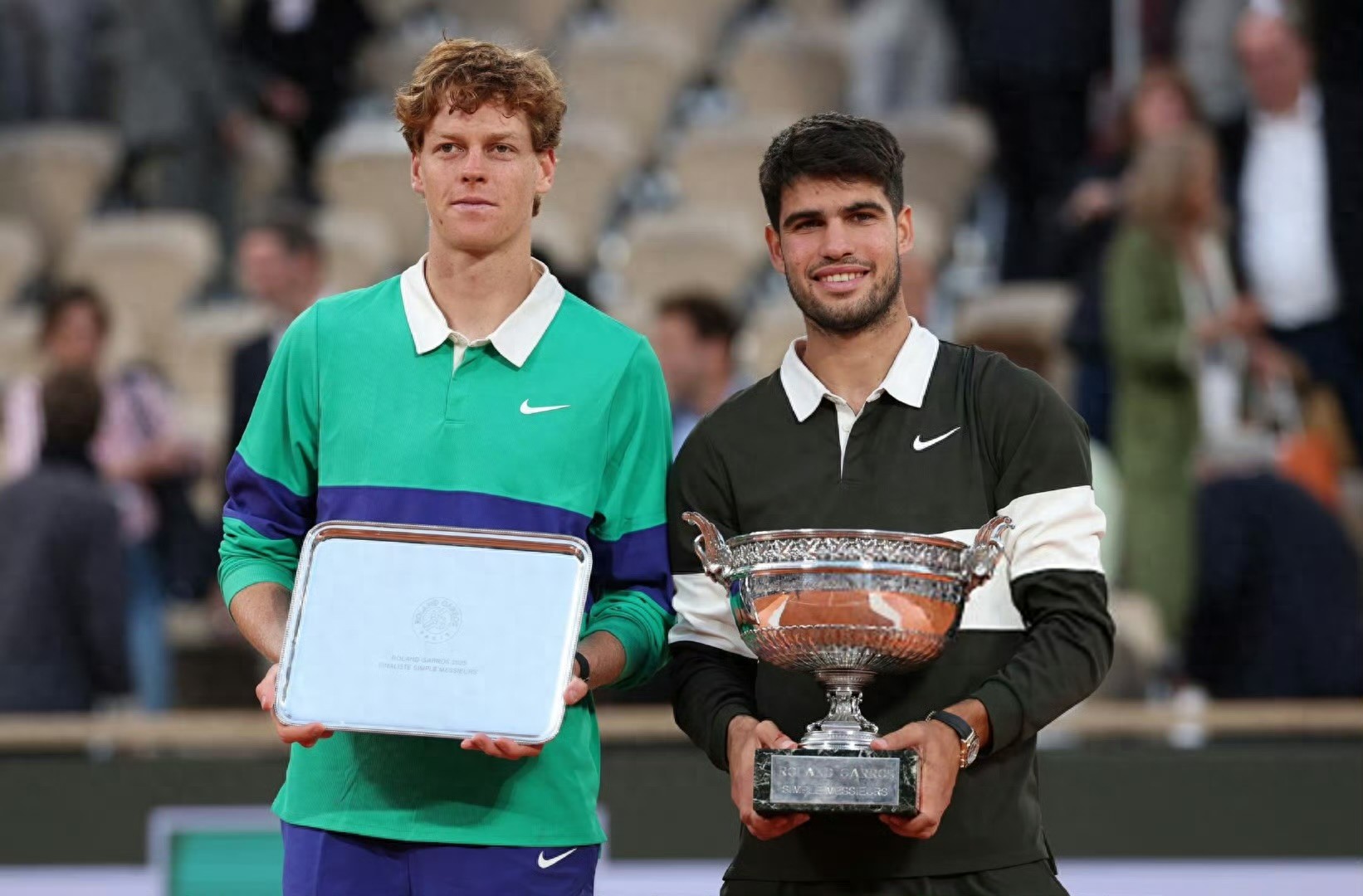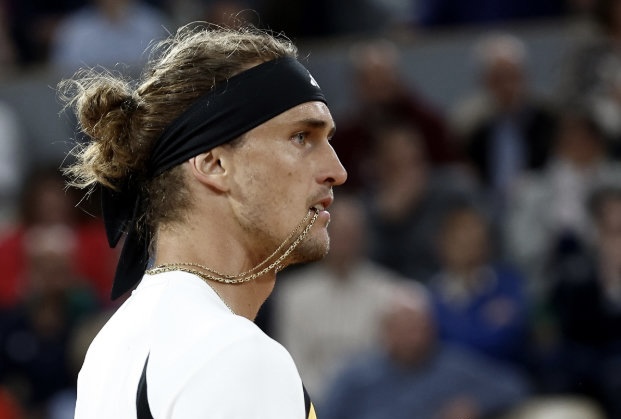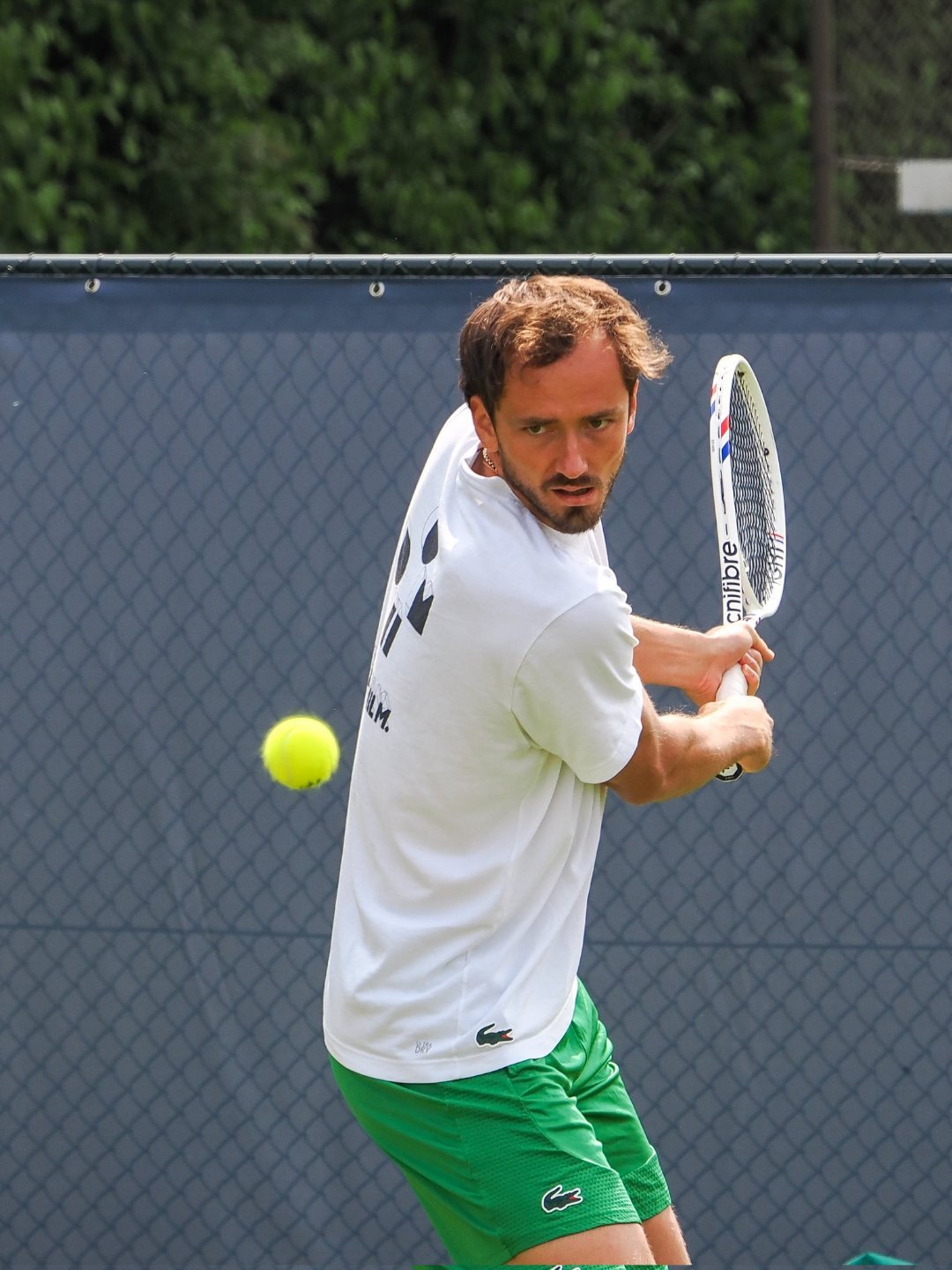The Grand Slam dilemma for post-95 players: the last chance in the cracks of the times?
When Alcaraz won the 2022 US Open, becoming the youngest world No. 1 in ATP history at the age of 19 years and 4 months, ending the 18-year monopoly of the world No. 1 by the triumvirate of Fee, Na and Germany, the handover of the scepter in men's tennis seemed to have quietly begun. Subsequently, Sinner, who is also a post-00 player, won the 2024 Australian Open, and the post-00s twin stars have since opened a monopoly on the Grand Slam - the two have teamed up to win six consecutive Grand Slam titles since the 2024 Australian Open, bringing the total number of titles to eight. And under the pressure of this youth storm, the post-95 generation of players collectively fell into embarrassment: in addition to Medvedev's victory at the 2021 US Open, Zverev, Tsitsipas, Berrettini, Ruud and others have reached a total of 9 Grand Slam finals but have not achieved anything, and they have even been robbed of the track by the younger post-00s "juniors".

The tragedy of the post-95 players is that they happen to collide with two eras.When they reach the peak of their careers (2018-2023), Federer, Nadal and Djokovic still hold on to the Grand Slam. Even if the dominance of the Big Three declines due to age, it is still difficult for the post-95s to break through: Zverev wasted a 2-0 lead in the 2020 US Open final and was reversed by Thiem; Tsitsipas was overturned by Djokovic after winning the first two sets at the 2021 French Open; Ruud lost to Nadal, Alcaraz and Djokovic in the three finals in 2022-2023.

When the post-95s finally waited for the Big Three to grow old, the post-00s generation of Alcaraz and Sinner were born with stronger bodies, technical comprehensiveness and psychological quality that were not inferior to the Big Three. Sinner's baseline stability and Alcaraz's violent attacks made it difficult for even a hard-court master like Medvedev to parry (1-3 loss in the 2024 Australian Open final).

The collective "dumb fire" of the post-95 players is not accidental, but the superimposed result of technical defects and psychological fragility at critical moments:
1. Monolithic technical style:
Zverev's strength lies in serving and baseline, but his backhand shortcomings and rough technique in front of the net have kept him at bay at key points. For example, a backhand error in the 2024 French Open final buried the match. Tsitsipas's "DSLR aesthetic" lacks stability in high-speed confrontations, as evidenced by the 2023 Australian Open final when he was swept by Djokovic in straight sets. Rublev and Ruud lack lethal weapons, with the former managing his emotions easily out of control, and the latter being a little less competitive outside of clay.

2. Collapse of the mentality in the big scene:
Zverev's Grand Slam finals win rate is 0% (0-3), and there was even a double fault "gift" in the fifth set of the 2020 US Open final. Tsitsipas admitted after the 2021 French Open final: "I had a chance, but my hands were shaking. ” In contrast, Alcaraz and Sinner's composure in the final (such as Alcaraz's five-set win over Djokovic at Wimbledon 2023) showed even more age-appropriate spiciness.

So do post-95 players still have a chance to win a Grand Slam title?Despite the grim situation, there is still a theoretical window of opportunity for post-95 players.
1. Seize the last dividend before Deyo retires:
Djokovic is 38 years old, and his fitness shortcomings can add to the fluctuations in form. If he plays less frequently in the future, the Grand Slam competition may briefly return to the "crowd fight", and Medvedev, Zverev and others may be able to take advantage of the chaos to steal a title.

2. Technology upgrade and team change
Zverev needs to improve his ability to score on his backhand and tennis, and follow Sinner's example in hiring a mental coach to improve his mental capacity in key matches (such as Sinner's transformation after working with Cahill); Tsitsipas can strengthen the serve-and-net tactics and reduce baseline consumption (refer to Federer's later transformation).

3. Bet on "underdogs"
At present, it seems that there is no such thing as an "unpopular venue". Medvedev, who has reached the final on the hard court of the Australian Open three times and the US Open three times, and won a US Open title, can now only bow to the new king of hard court Sinner; Wimbledon, on the other hand, could be a hotbed of upsets due to its grassy nature (e.g. Kyrgios runner-up in 2022); If Alcaraz or Sinner are not in good form on clay, Ruud and Tsitsipas still have the potential to disrupt the game.

The cruelty of tennis is that champions always belong to a very small number of people. The struggles of the post-95s players are like a replica of the "lost generation" of the post-90s generation (Raonic, Dimitrov, etc.) - they may be able to touch the top for a short time, but they cannot escape the fate of being covered by younger and more powerful forces. If it is still unable to break through in the next two years, this generation may be completely reduced to the background board for the rise of the post-00s dynasty. The only consolation is that Medvedev may be able to prove with a Grand Slam title that the post-95s are not all wiped out.(Source: Tennis Home Author: Mei)







 Links
Links
 Contact
Contact
 App
App


